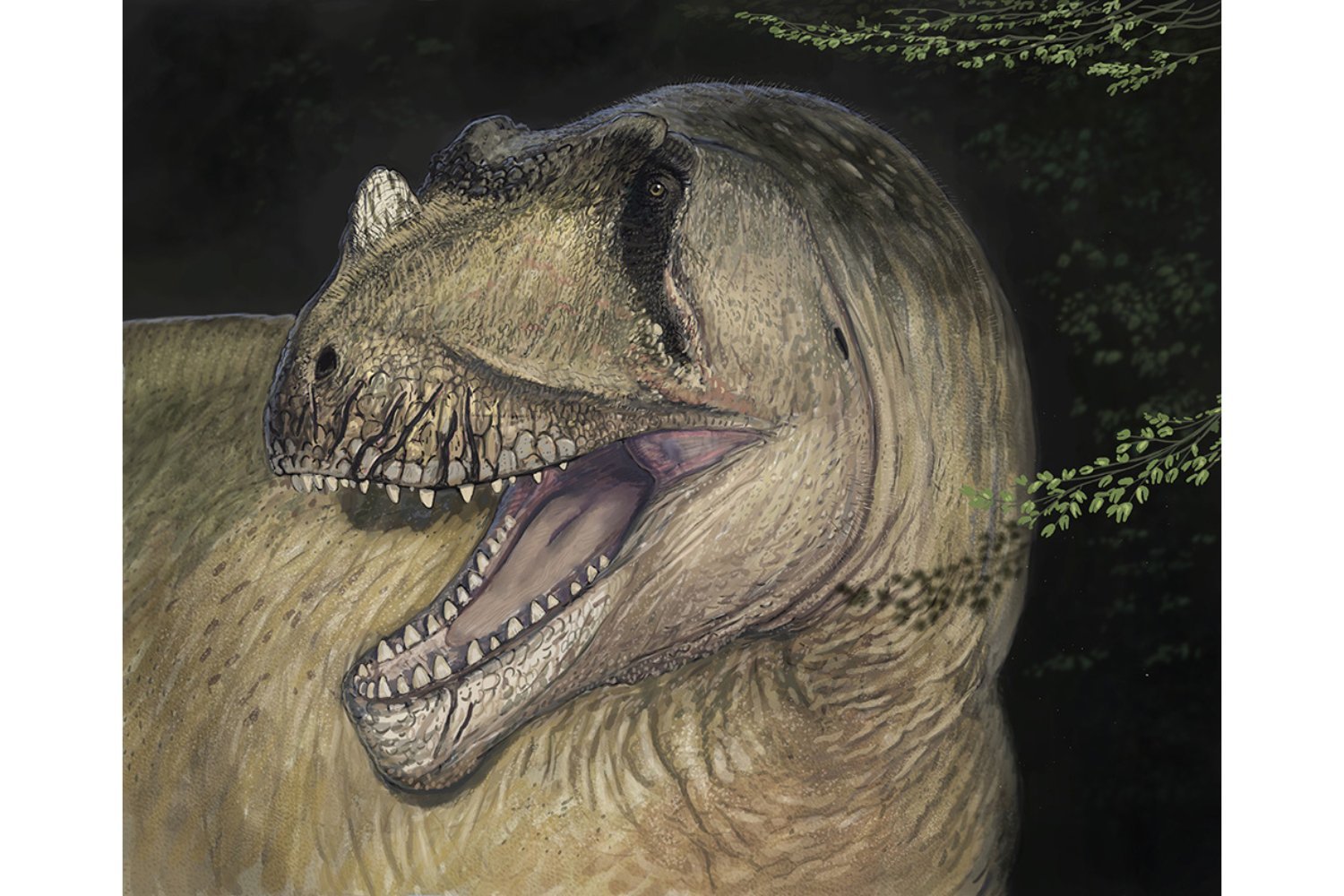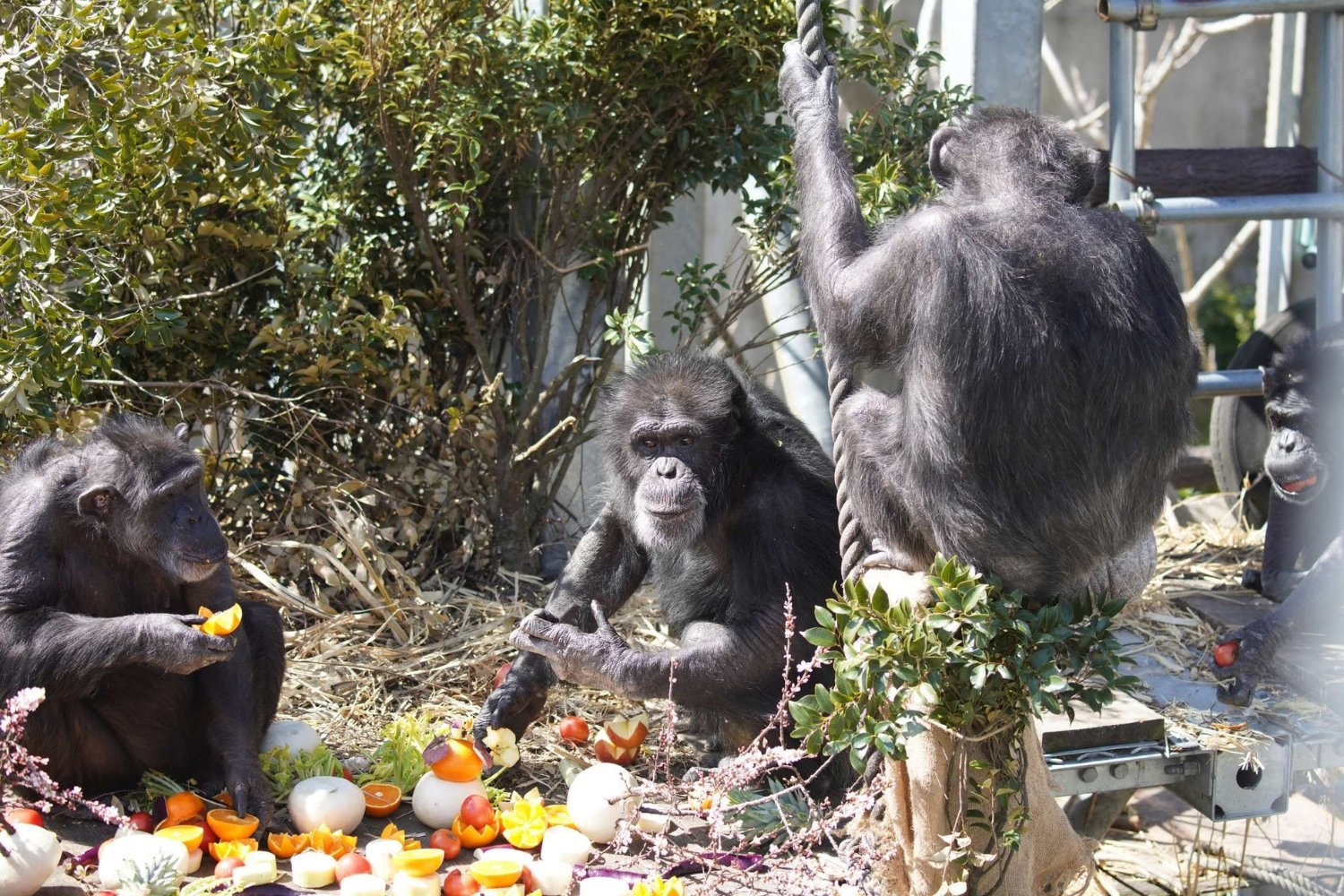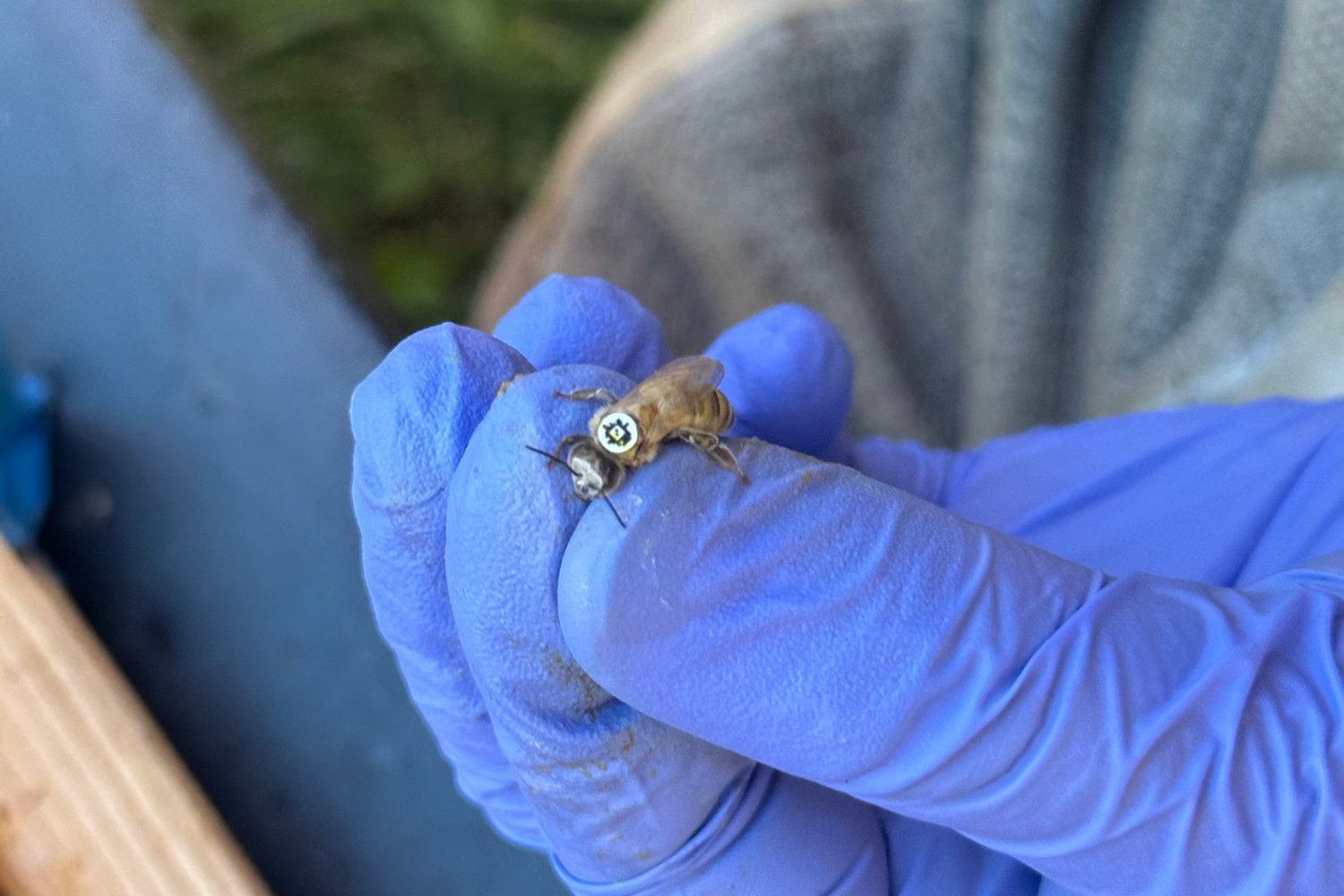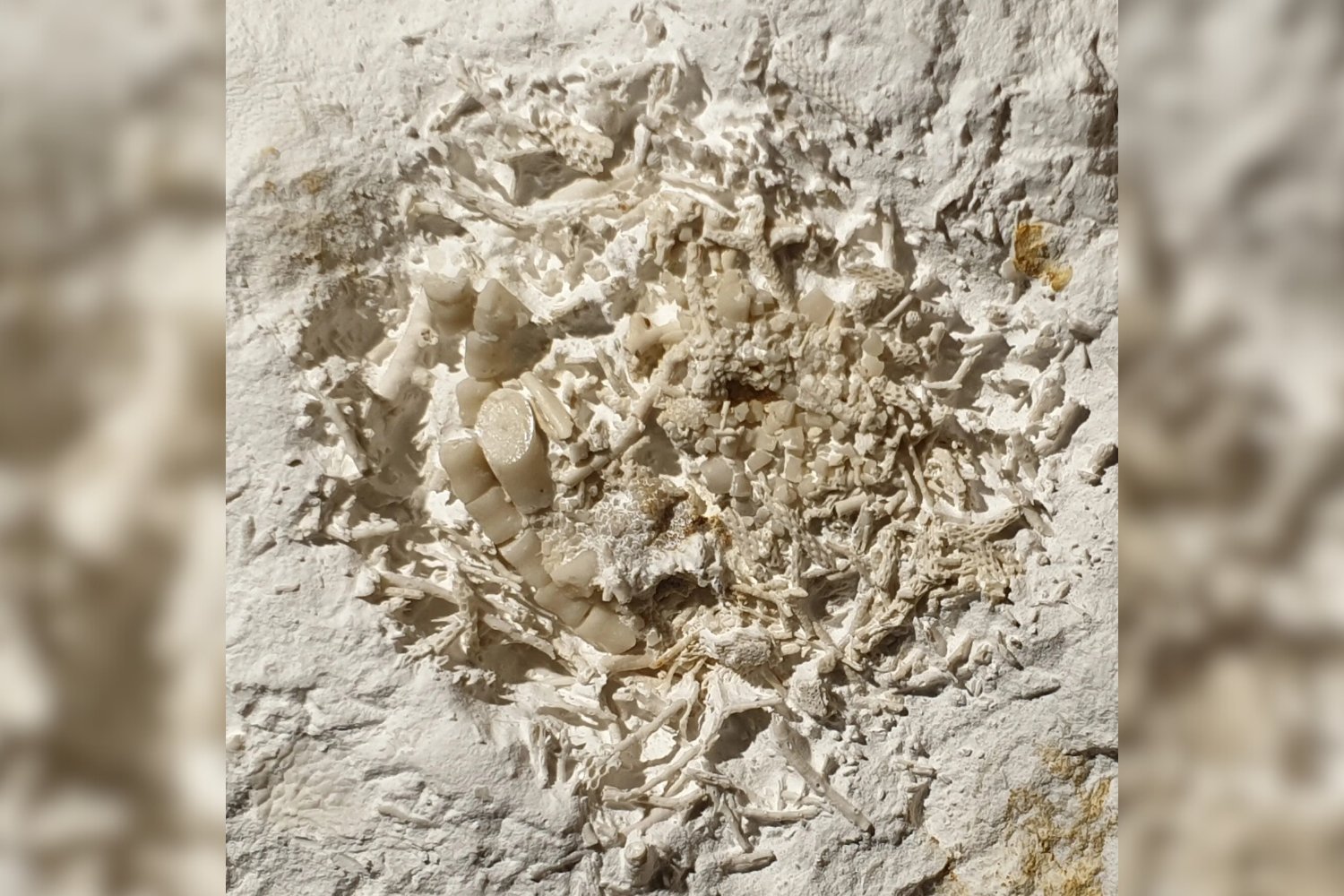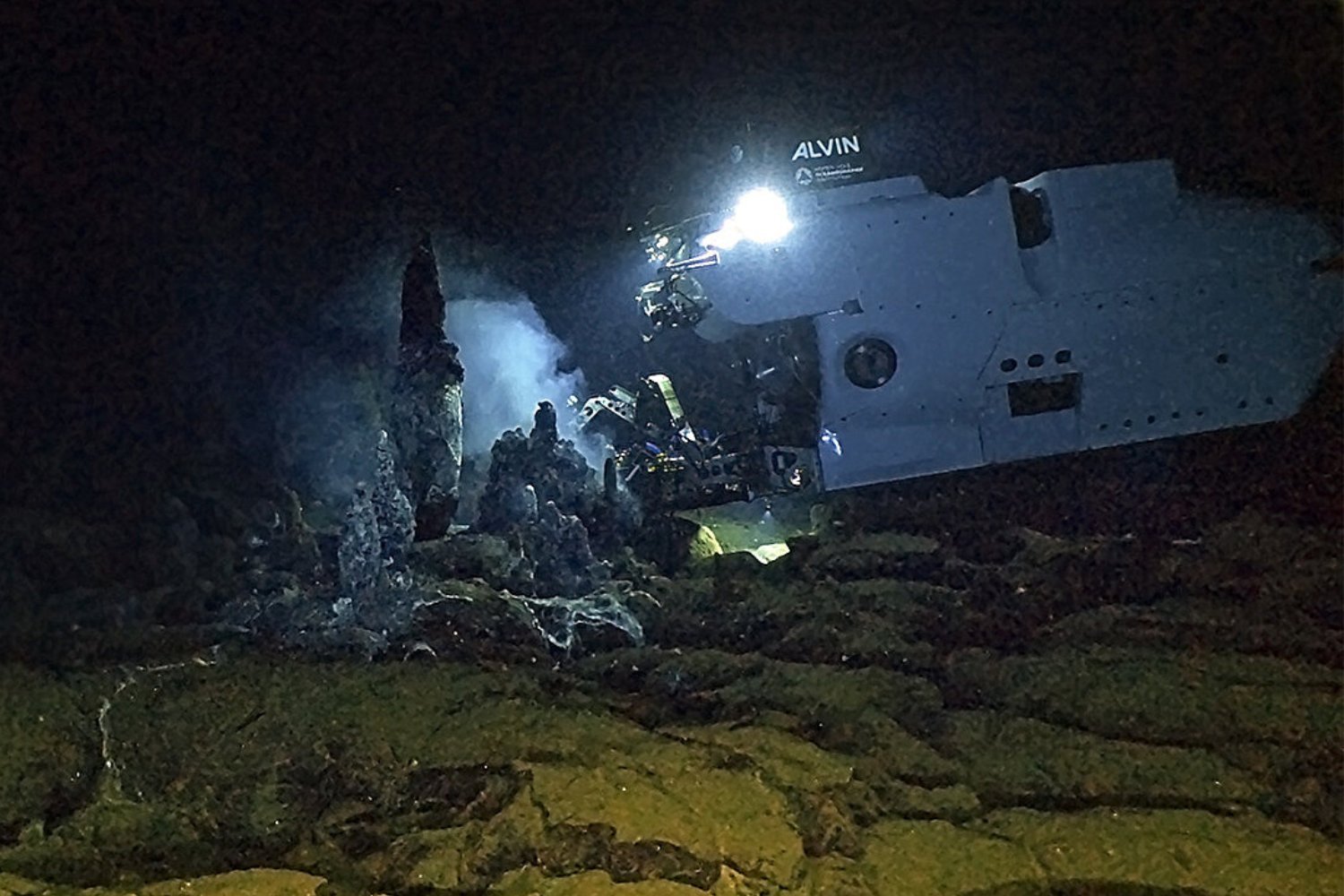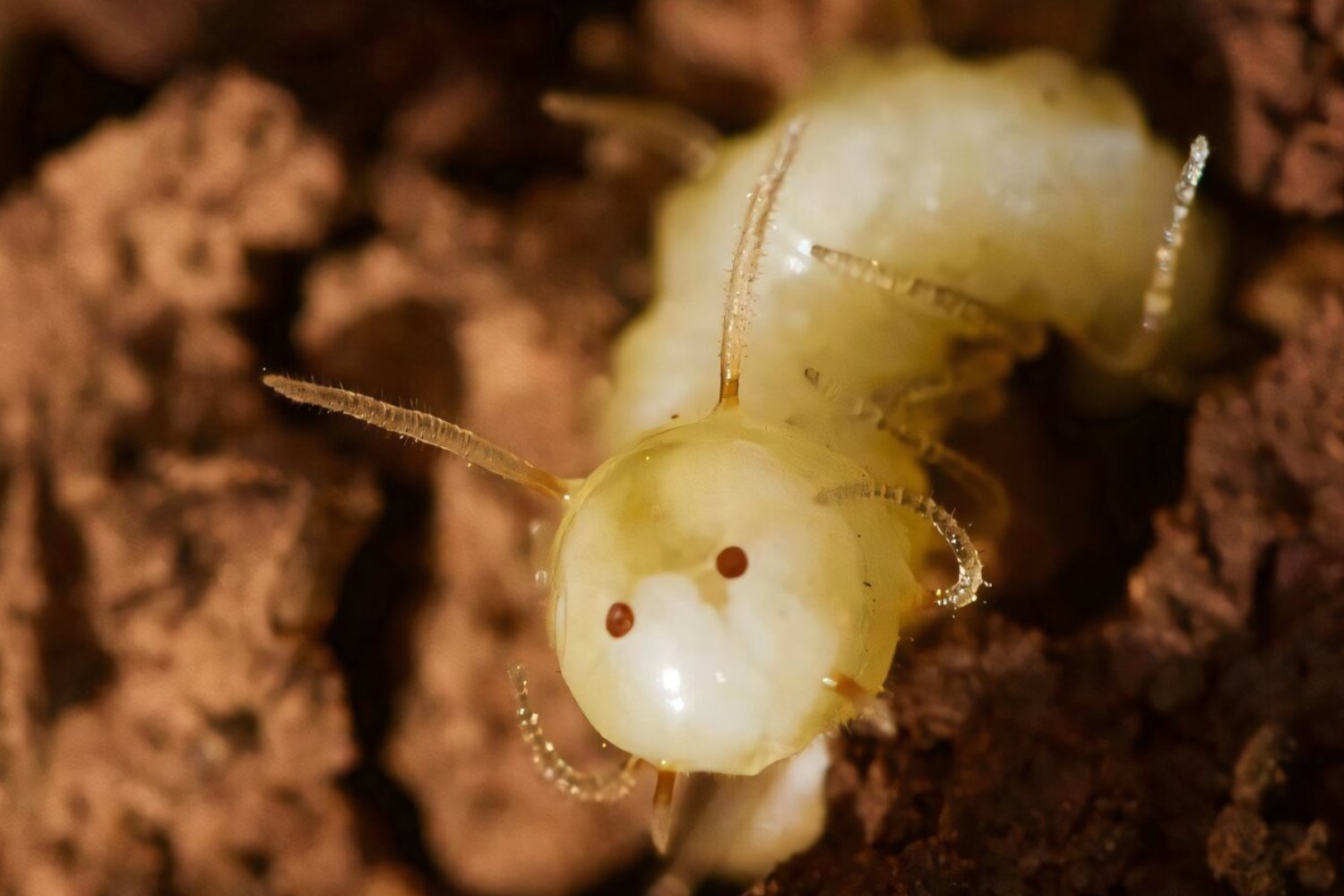The sands of time often hold secrets buried deeper than any fossil. In a remarkable feat of paleontological detective work, researchers have identified a new species of large predatory dinosaur, the Tameryraptor markgrafi, not from newly unearthed bones, but from archival photographs of a fossil lost to the ravages of war. This intriguing discovery, published in PLOS One, highlights the potential of historical archives to unlock hidden chapters in Earth’s prehistoric past.
The story begins in 1914, with fossil collector Richard Markgraf unearthing a partial skeleton in Egypt’s Bahariya Oasis. This find made its way to paleontologist Ernst Stromer von Reichenbach in Munich, Germany, where it was initially classified as a member of the Carcharodontosaurus genus, a group of large carnivorous dinosaurs known to have roamed North Africa during the late Cretaceous period (approximately 99 to 94 million years ago). Tragically, this fossil met its demise during a World War II air raid, leaving behind only Stromer’s notes, illustrations, and a few photographs as remnants of its existence.
Fast forward to the present day, and a chance discovery by master’s student Maximilian Kellermann at the Ludwig Maximilian University of Munich brought the lost dinosaur back to life, so to speak. Kellermann unearthed additional archival photos of the 1914 fossil, revealing crucial details of the skull, spine, and hind legs. These photographs offered a new perspective on the fossil, suggesting it was distinct from known Carcharodontosaurus specimens.
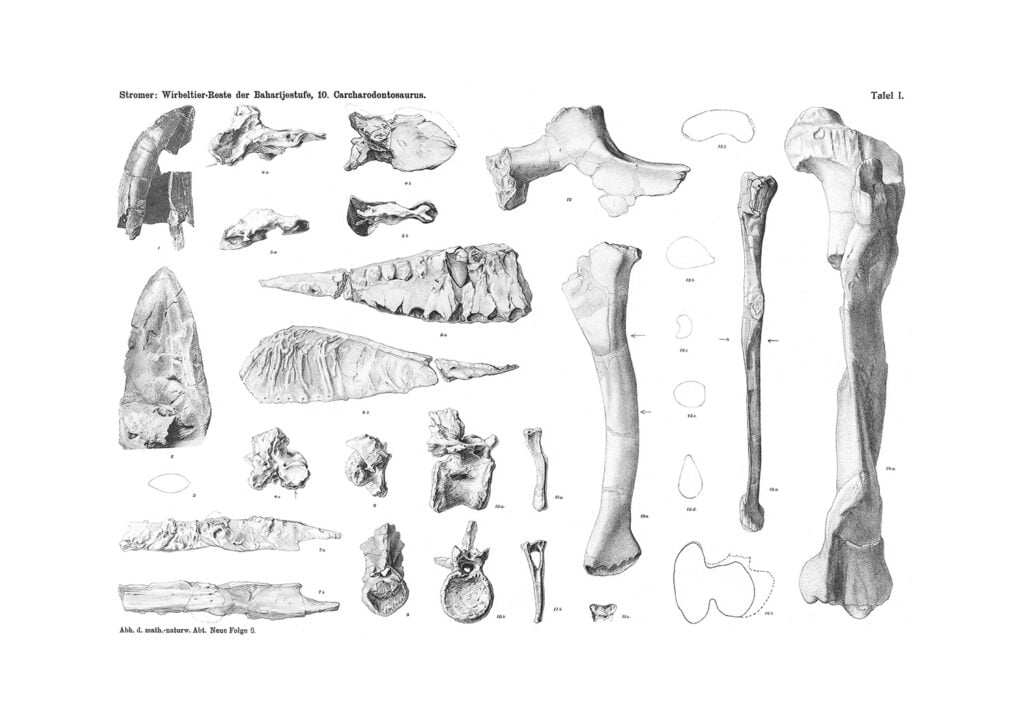 Stromer’s drawings
Stromer’s drawings
“The historical images revealed surprising differences between this Egyptian dinosaur and more recent Carcharodontosaurus finds in Morocco, indicating Stromer’s initial classification was incorrect,” explains Kellermann, lead author of the study. “We identified a distinct, previously unknown predatory dinosaur species, which we named Tameryraptor markgrafi.”
The name Tameryraptor markgrafi is a fusion of ancient Egyptian and Latin, translating to “thief from the beloved land” (Ta-mery meaning “beloved land” in ancient Egyptian and raptor meaning “thief” in Latin). The species name “markgrafi” honors the original fossil collector.
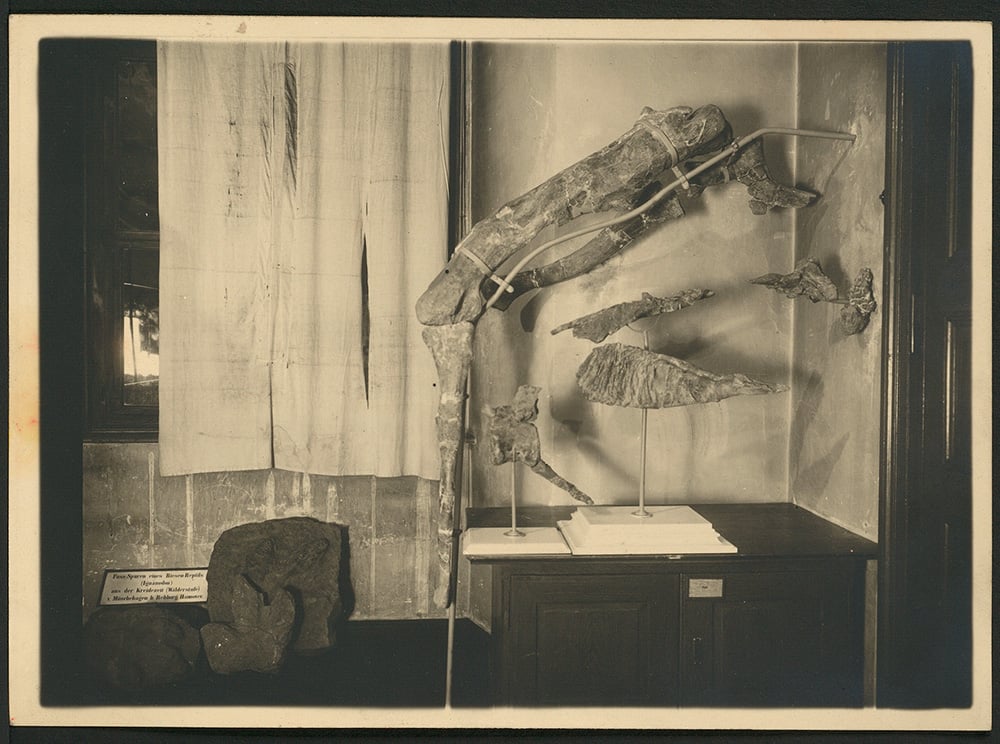 Archival Photo
Archival Photo
Based on the photographic evidence, researchers estimate T. markgrafi measured around 33 feet (10 meters) long, placing it among the largest known terrestrial carnivores. Distinguishing features include a prominent nasal horn and symmetrical teeth. Further analysis suggests T. markgrafi shares ancestry with both North and South American Carcharodontosaurs, as well as the Asian Metriacanthosaurs, another group of predatory dinosaurs.
This remarkable identification from limited photographic evidence raises questions about the accuracy of such classifications. The researchers acknowledge that the International Commission on Zoological Nomenclature generally discourages designating new species based solely on descriptions and illustrations. However, they argue the unique circumstances of this case, where the original fossil is irrevocably lost, justify this exception.
While this discovery offers tantalizing insights into the diversity of North African dinosaurs during the Cretaceous period, further fieldwork and fossil discoveries in the Bahariya Oasis are crucial for a more complete understanding. The Tameryraptor markgrafi, resurrected from archival photographs, serves as a poignant reminder of the value of preserving and exploring historical scientific records, and the potential for unexpected discoveries hidden within. Perhaps one day, future excavations will unearth physical evidence of this “thief from the beloved land,” confirming its place in the annals of paleontological history.



